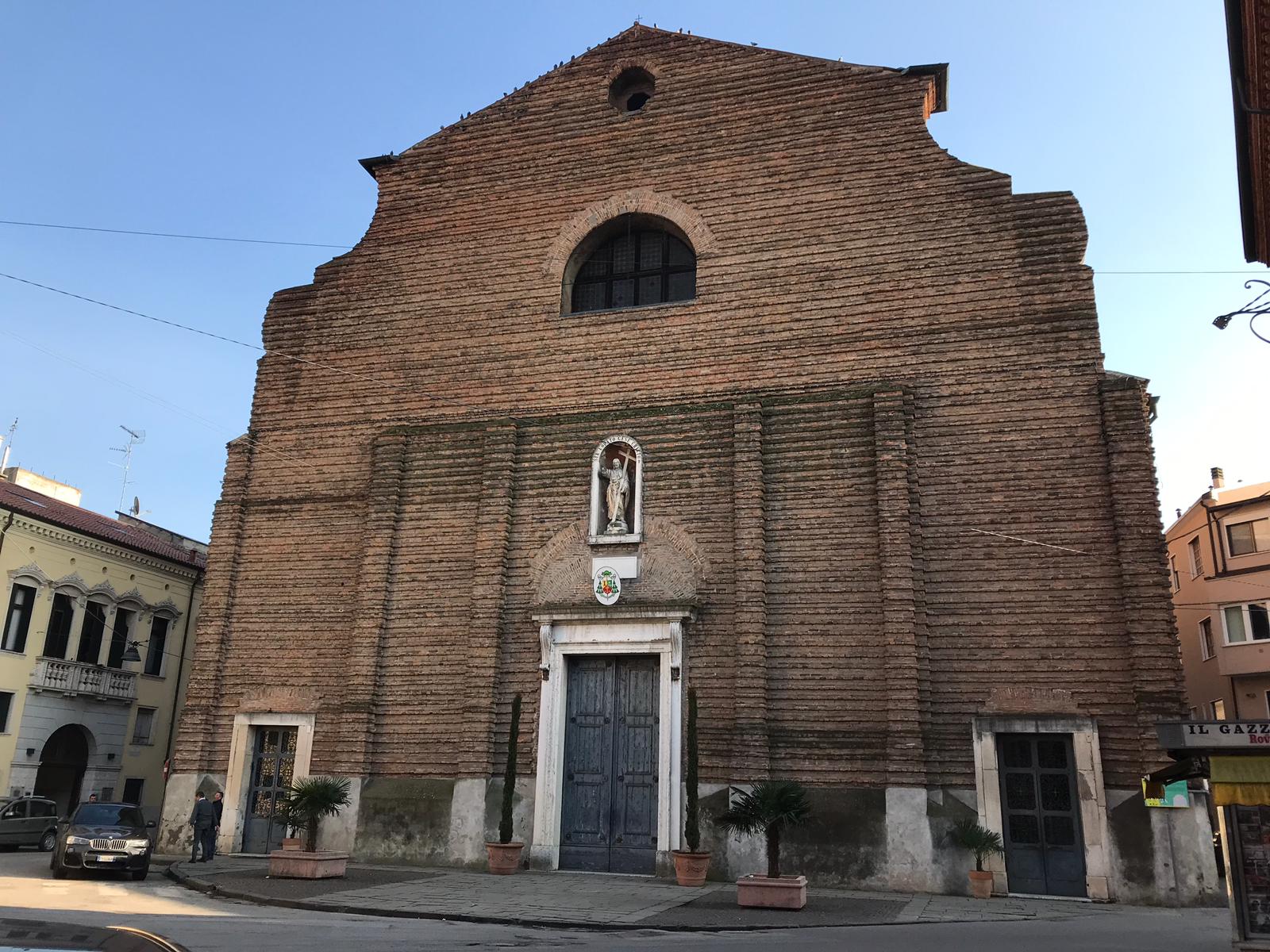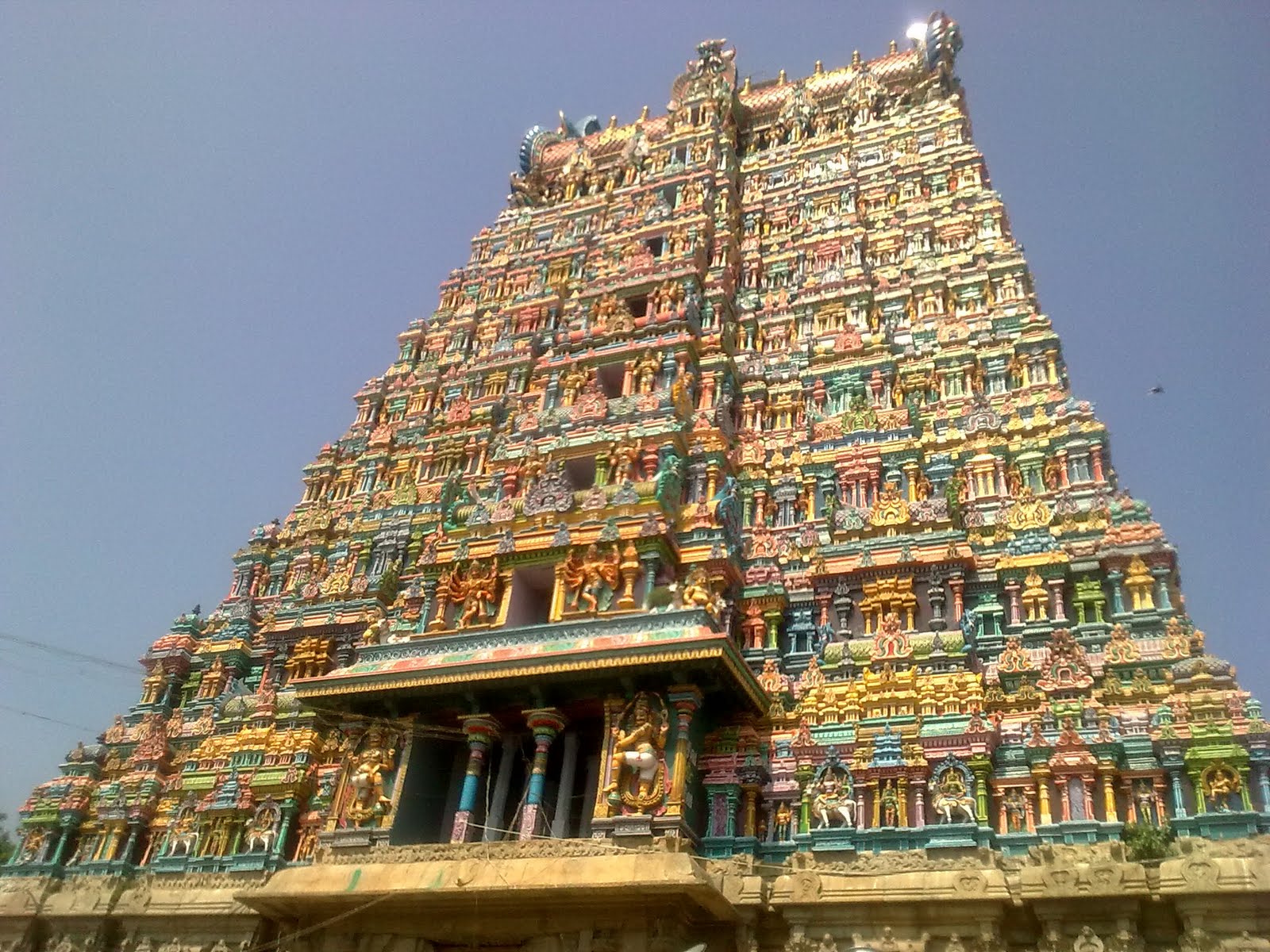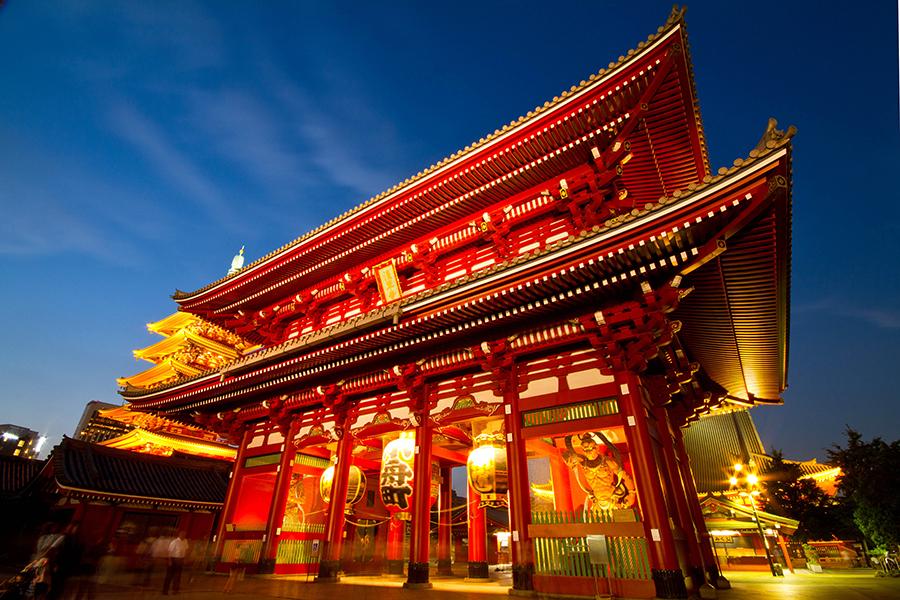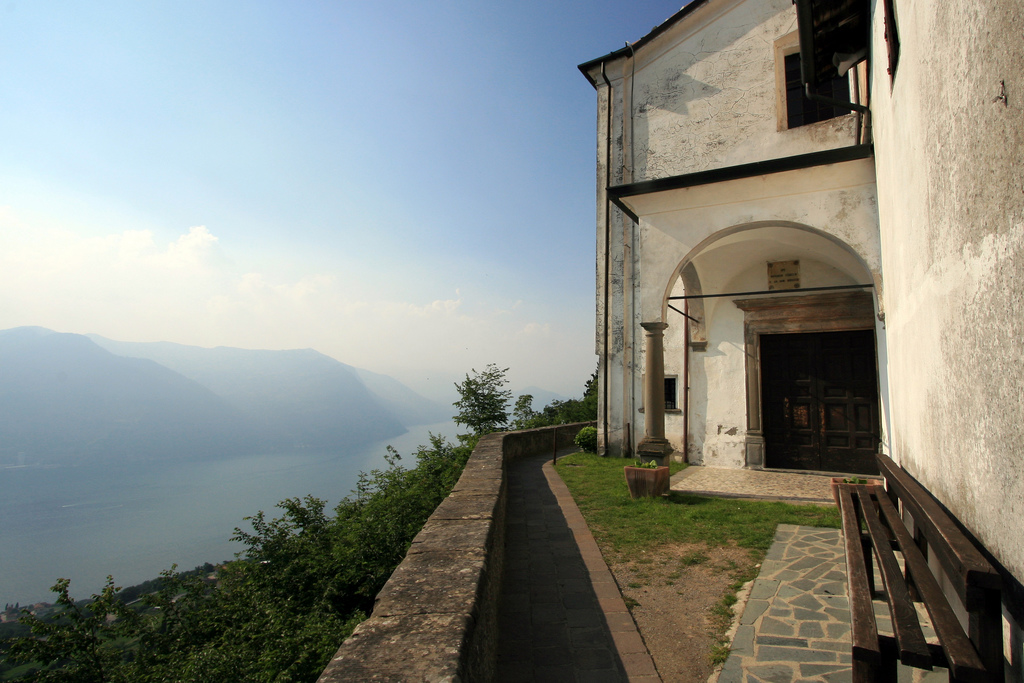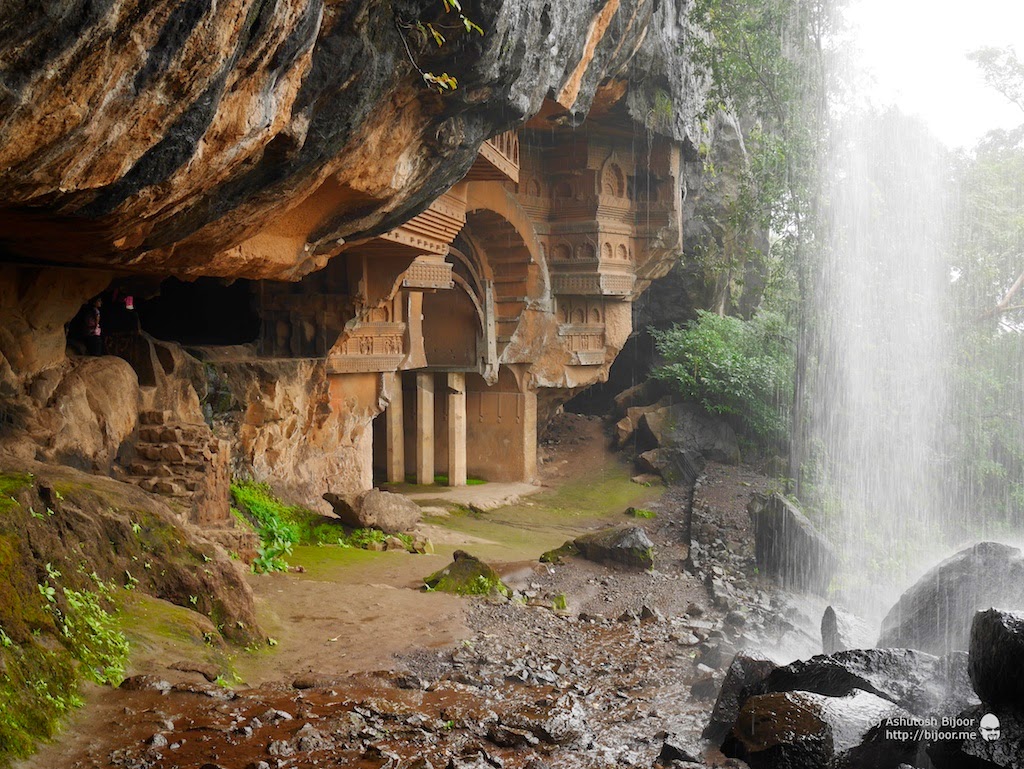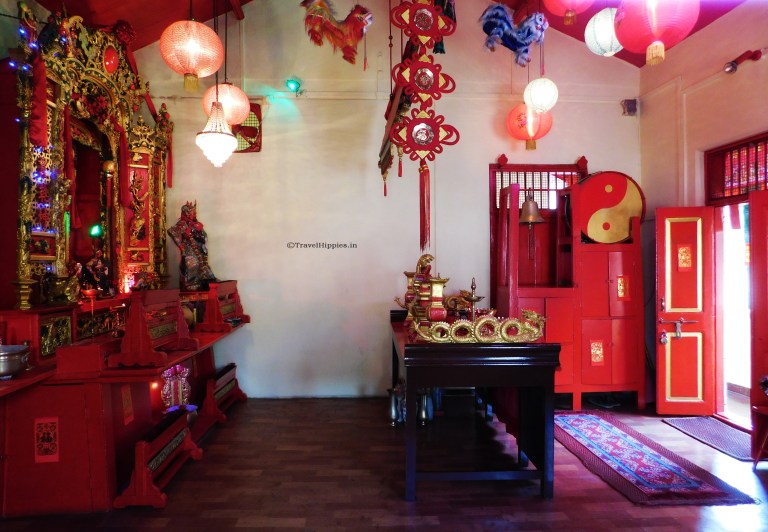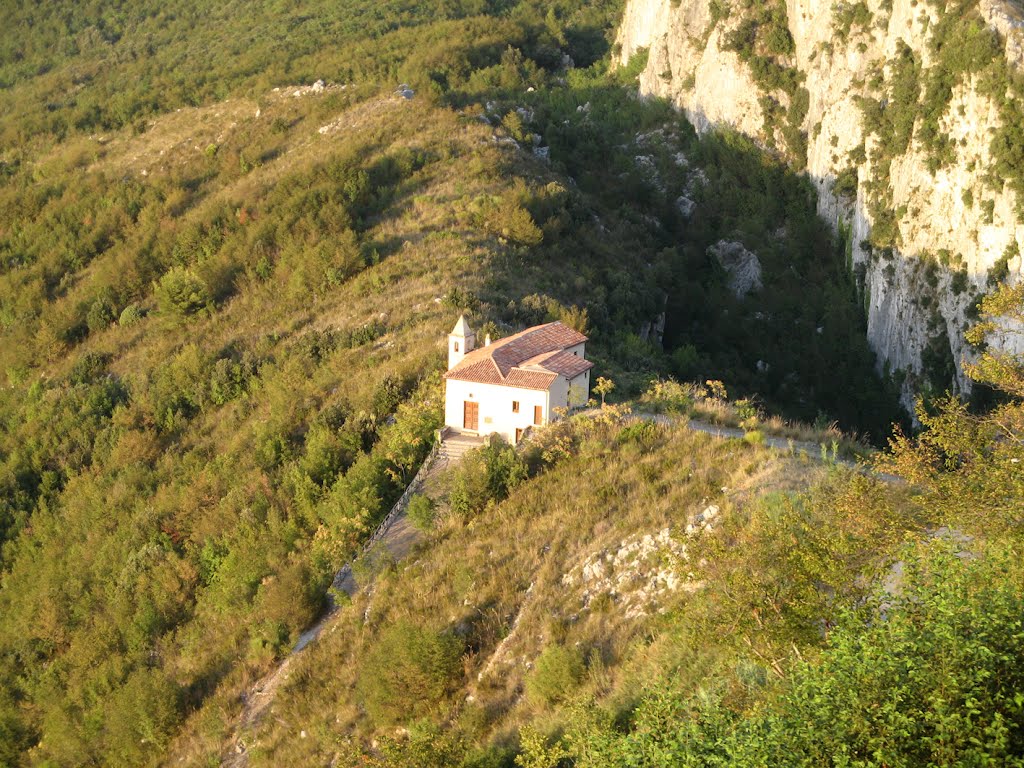The Cathedral of Rovigo is the most important church in Rovigo and is dedicated to Saint Stephen, pope and martyr.
Rovigo at the beginning of its history was a small village, with a modest place of worship dating back to 964. The Bishop of Adria moved to Rovigo in 920 to build a fortification to protect himself from raids. In 1067 the construction of a new place of worship began and over the years the town expanded considerably.
In 1461, there was a reconstruction of the church that was consecrated as the Duomo. As evidence we have a drawing of the project, which provided for a structure that did not exceed 30 m in length, the facade facing north and five altars.
In a few years the number of parishioners grew a lot and so the building continued to be enlarged: five semicircular chapels were built.
Probably, due to financial problems, the church was not maintained properly and began to deteriorate.
The bishop in charge at the time commissioned a new restoration that included a further enlargement. In fact, the new Cathedral of Rovigo had to be twice the size of the previous one. After fifteen years, the construction was well underway and the old Duomo was demolished.
While the interior was being furnished, even the dome foreseen in the project began to come to life, but due to financial difficulties it was very fragile and therefore was torn down.
The façade of the Duomo, although there were various projects, always due to lack of money and bills, was never completed.
So still today, the Duomo has a simple brick facade and a statue of Jesus Christ placed in the niche above the nineteenth-century portal. The style of the Duomo on the outside can be traced back to Palladian style, which in the Polesine area was widely used for buildings of various types and functions.
The interior is in Baroque style and preserves precious paintings. We can also admire an organ of modest dimensions.
